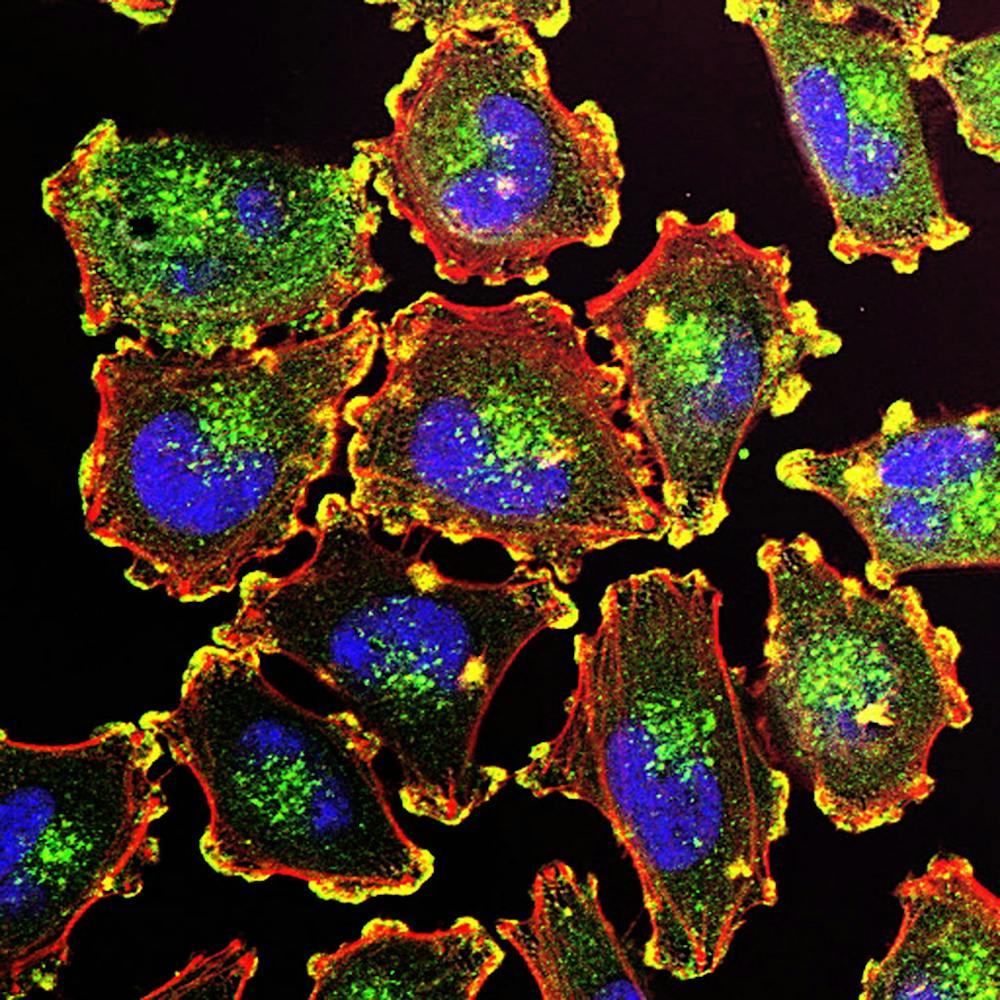Although the semester is wrapping up at Hopkins, science endeavors around the world continue to yield exciting discoveries. This week’s Science News in Review covers new technology to identify the origin of metastatic cancers, the long-term effects of pregnancy complications, novel neural circuitry for food motivation and appreciation for a butterfly in the Amazon.
AI can detect the origin of metastatic cancers
Metastasis occurs when cancer cells originating from one site in the body spread to other locations. Up to 5% of metastatic tumors’ origins cannot be identified.
One traditional approach to identifying the origin of metastatic cancer relies on imaging fluid samples that contain cancerous cells. By identifying the characteristic morphology of specific cancer cells in fluid samples, pathologists can infer where the tumor cells originated. However, this technique still fails to pinpoint the cancer origin in some patients.
Motivated by these cases, researchers from China developed a deep-learning algorithm to assist pathologists in identifying the origin of metastatic cancers. The researchers trained the model with a large sample of images, and it is now able to give highly accurate top-three predictions for the origin of metastatic cancer cells based on an image.
In 391 patients who were treated for cancer in the past, those whose treatment was concordant with the model’s prediction of the metastatic origin were more likely to survive.
Pregnancy complications are associated with premature death
When adverse pregnancy outcomes such as preterm birth happen, doctors’ and parents’ attention are all focused on the baby. However, a recent study adds to a robust pool of evidence that complicated pregnancies are associated with negative maternal outcomes in the long term.
The researchers examined a cohort of more than 2 million pregnancies in Sweden involving adverse pregnancy outcomes. They found pregnancy complications increased the risk of earlier death, and this risk persisted even into the mothers’ 70s.
Pregnancy is a physically stressful event that can amplify pre-existing health risks and introduce new risks as the body undergoes physiological changes. The researchers emphasized that pregnancies shouldn’t be studied in isolation but should instead be integrated into a patient’s medical history. Further, they recommend women with adverse pregnancy outcomes receive prolonged follow-up medical care.
Mapping the neural circuit that regulates nausea-induced feeding suppression
A recent study in mice identified a novel neural population in the central amygdala that is fired specifically during nauseous episodes. Artificial activation of “nausea” neurons suppressed eating in hungry mice.
“Appetitive” neurons in the amygdala inhibit “nausea” neurons in the presence of an appetitive stimulus. When there is a nausea-inducing stimulus, the sensory information directly reaches the “nausea” neurons, bypassing the appetitive inhibition.
Mapping this neural circuit has implications for treating eating disorders, such as anorexia, and the appetite loss side effect of cancer therapy.
Amazonian butterfly as a rare outcome of hybrid speciation
Hybrid speciation refers to mating between two separate species that contributes to the origin of a new species. Offspring with parents from two separate species are often infertile and eventually merge back into one of the parents’ species as more interbreeding occurs over generations.
A recent study examined Heliconius elevatus, a butterfly species in the Amazon that originated from an ancient hybrid speciation event. It has established its own healthy and distinct species for at least 180,000 years. Interestingly, the new butterfly species preserves 99% of one parent’s genome and only 1% of the other parent’s genome. It is that 1% that distinguishes Heliconius elevatus as a new species from its parents because those genes control traits that facilitate mating within the species.
Heliconius elevatus shifts the pessimistic view surrounding hybridization and serves as living evidence that hybridization can be constructive and increase species diversity.





